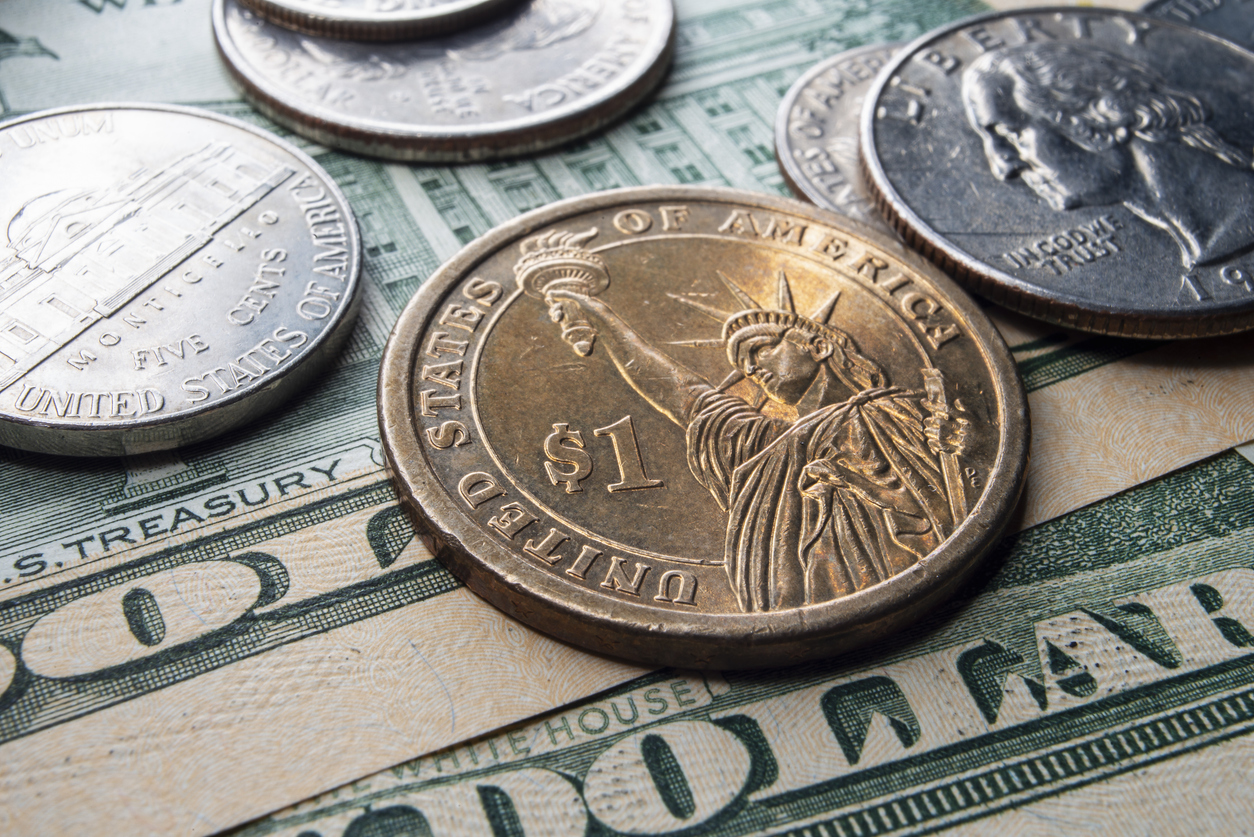- Wednesday, July 16, 2025

By: Vibhuti Pathak
The US dollar has experienced its sharpest first-half decline in over five decades, dropping 10.7% against a basket of major global currencies in the first six months of 2025—the steepest fall since 1973, when the dollar was decoupled from gold. This dramatic slide is being attributed largely to fears over President Donald Trump’s aggressive tariff policies, surging national debt, and mounting uncertainty among global investors.
Tariffs and Trade Policy Fuel Investor Anxiety
Trump’s administration has introduced sweeping tariffs on imports from key trading partners, including China, Europe, and Japan, with rates far higher than anticipated by markets.
While conventional wisdom suggested that tariffs might strengthen the dollar by reducing imports, the unpredictable and sometimes inconsistent implementation of these policies has instead injected significant uncertainty into the US economic outlook.
Economists note that while tariffs can theoretically boost the dollar, the prevailing unpredictability and risk of retaliatory trade wars have spooked investors.
“While tariffs can technically enhance the dollar, they have introduced a level of uncertainty regarding US policy that has ‘dominated’ the markets this year, leading to a decline in the dollar’s value,” said Barry Eichengreen, a leading economist. As a result, investors and central banks have started to reduce their exposure to US assets, and gold prices have soared as a safe haven.
Debt and Fiscal Concerns Add to Pressure
The dollar’s woes have been compounded by worries over the US’s fiscal trajectory. Trump’s massive tax-and-spending bill, which recently passed the Senate, is projected to add $3.3 trillion to the national debt over the next decade. This has raised further doubts about the long-term stability of the dollar and the US’s ability to manage its fiscal obligations.
The combination of higher tariffs, increased government spending, and the risk of persistent inflation has led some analysts to warn of stagflation—a period of rising prices and slowing growth. Long-term Treasury yields have fallen as investors flock to safer assets, signaling a lack of confidence in the US’s economic direction.
Global Impact: De-Dollarization and Shifting Capital Flows
The dollar’s sharp decline has had ripple effects worldwide. Central banks and investors are recalibrating their exposure to US assets, and some are accelerating efforts to diversify reserves away from the dollar. Traditional safe-haven currencies like the Japanese yen and Swiss franc have strengthened, and the euro has hit multi-year highs against the greenback.
Despite these challenges, experts caution that the dollar’s status as the world’s principal reserve currency is not immediately at risk, but the trend is troubling. “Full-scale de-dollarization, if it ever comes, is still a long way away,” said Rick Rieder of BlackRock. However, the speed and scale of the dollar’s recent decline have raised concerns about its future role in global finance.
With Trump’s July 9 tariff deadline looming and ongoing uncertainty over trade negotiations, markets are bracing for further turbulence.
The dollar’s historic slide underscores how aggressive trade measures and fiscal expansion can undermine confidence in the world’s most important currency, complicating global trade, investment, and economic stability